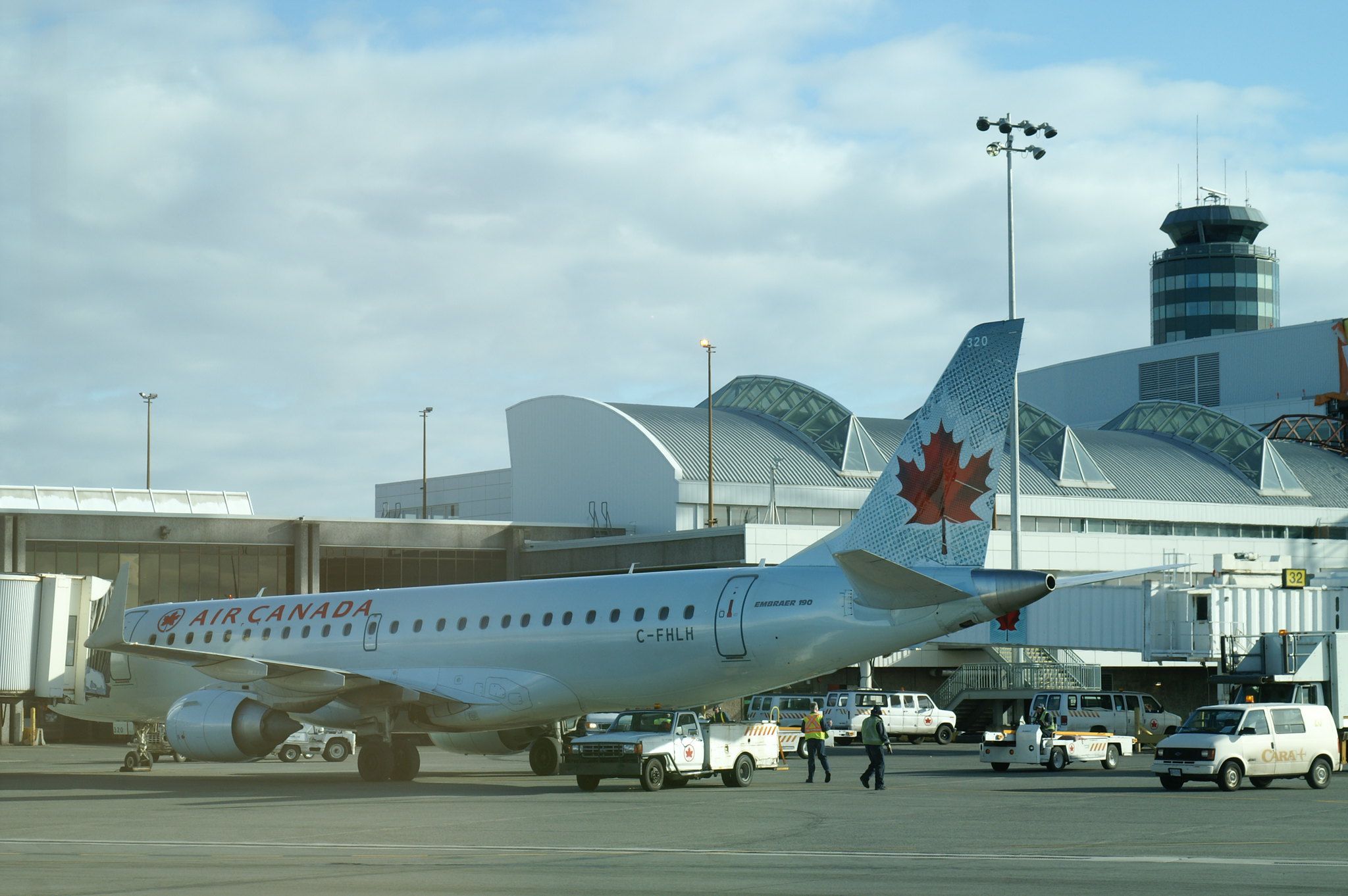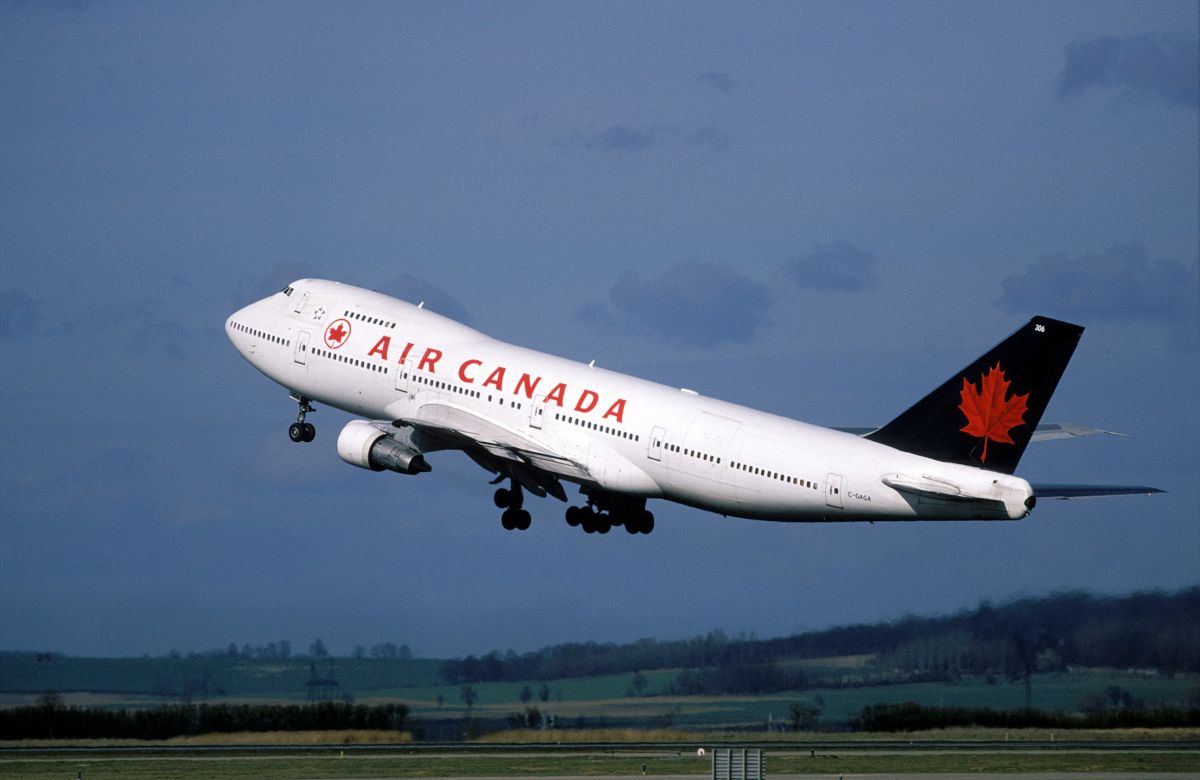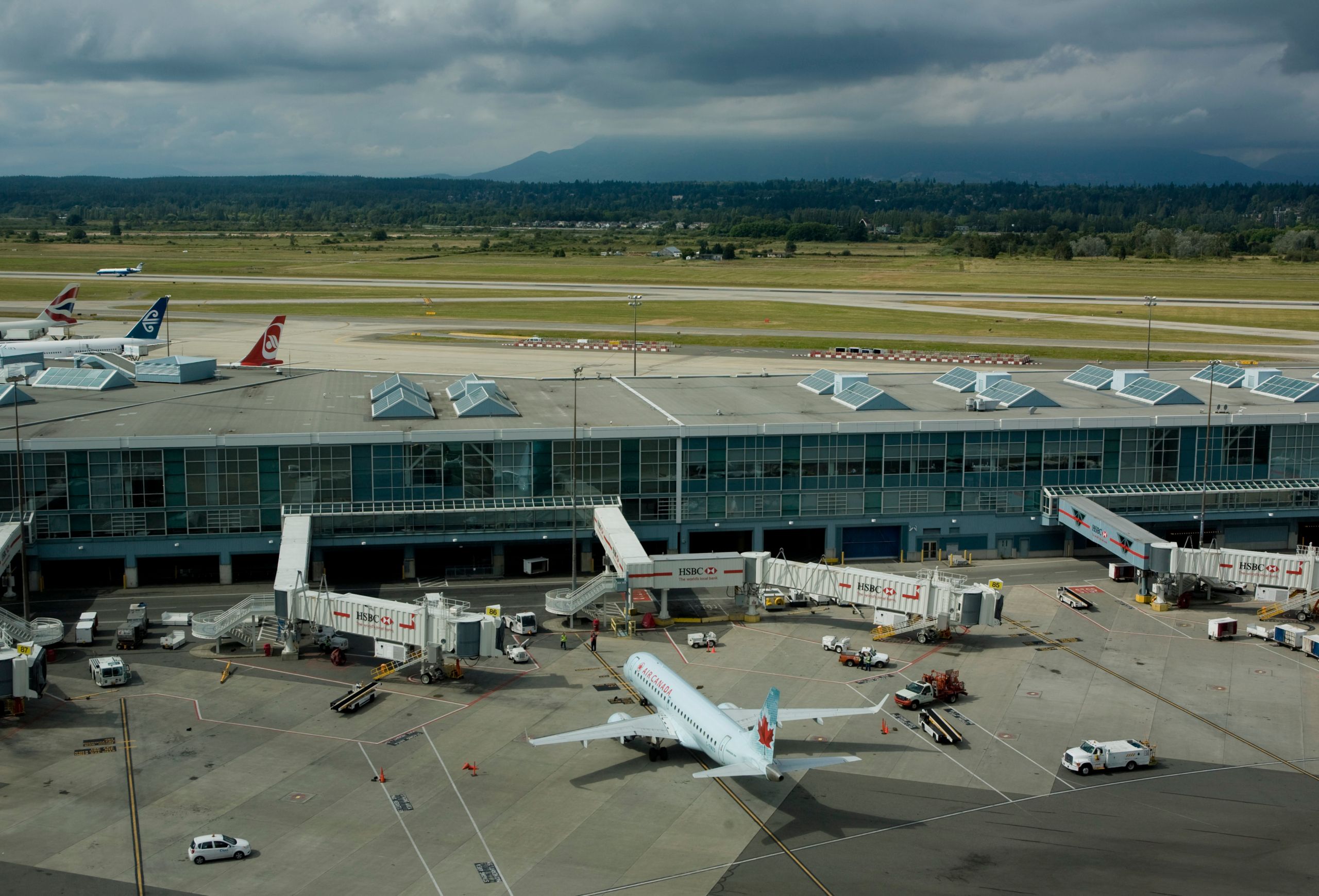From Simple Flying 🔗 link to source story – thanks to CW
By Mark Finlay, Simple Flying | February 10, 2022
In 90 years, Vancouver International Airport (YVR) went from being a floatplane base to the second largest airport in Canada.

When Vancouver Airport (YVR) first opened to air traffic in 1931, it possessed a single runway, a small wooden administrative building, two hangers, a control tower, and a floatplane harbor. Fast-forward to today, and YVR is the second-busiest airport in Canada after Toronto Pearson Airport (YYZ) and is a vital link between North America and Asia.
With that in mind, let’s look back 90 years in history and see how a sleepy floatplane airport became the huge success story it is today.
When the airport first opened in 1931, a brochure celebrating the event said that few cities in North America could boast an airport and seaplane harbor as magnificent as Vancouver. Citing its distinctive native art that reflected British Colombia’s natural beauty and dynamic culture, the brochure predicted that YVR would one day welcome visitors to British Colombia from around the world.
During WWII, the airport was an RCAF training base
Located 7.5 miles from downtown Vancouver on Sea Island in Richmond, the city of Vancouver leased the airport out to the Federal Government in 1940, serving as RCAF Station Sea Island during World War Two. The war also saw a significant expansion of the airport, with it serving as a joint military training base for Commonwealth pilots. After the war, the airport returned to the control of the city of Vancouver and immediately opened it up to commercial air traffic.
During the 1950s, the airport expanded further with the Federal Government building a new runway. A second terminal was opened up to general aviation, and land was purchased for the airport to expand further. In 1957, more land was purchased for what would become Canada’s very first jet-era aircraft hangar.
Vancouver Airport welcomes its first Boeing 747
During the 1960s, another runway was built and the existing runways were all lengthened to accommodate larger aircraft. With YVR continuing to grow, a new terminal was created and later expanded to handle Boeing 747 jets.

In 1971, Canadian national flag carrier Air Canada took delivery of its first three Boeing 747s. It inaugurated the first of the new aircraft on a daily non-stop flight between Toronto and Vancouver on April 25, 1971. Vancouver Airport is enhanced further with the opening of the 5,500-foot long 65 feet wide Arthur Laing Bridge over the north arm of the Fraser River in 1975.
In preparation for the Vancouver World Fair (Expo 86), YVR received $32 million to modernize and prepare for the millions of expected visitors. During the 1990s, YVR became the fourth airport in Canada to be run by local, community-based, non-profit organizations. In 1994 one of the airports’ older terminals was knocked down to build a new 16 gate international terminal. This terminal opened two years later at the cost of $250 million, and can handle close to half a million flights a year with enough capacity to handle eight million passengers a year.

Following the success of Expo 86, Vancouver was once more taking to the world stage by hosting the 2010 Winter Olympics. In preparation for the more than 250,000 athletes and their trainers arriving, not to mention spectators, the Canada Line metro link was built to connect the airport with downtown Vancouver.
Following the Olympics, YVR turned its attention to Asia to become a connecting hub between Asia, Australia, and North America. Given its strategic location in the Pacific Northwest, it will be no surprise to learn that Vancouver has more flights to China than any other North American city. Currently, YVR is a hub for Air Canada, WestJet, and an operating base for Air Transat. Vancouver Airport has also been voted Skytrax Best North American Airport for the last 11 years in a row.